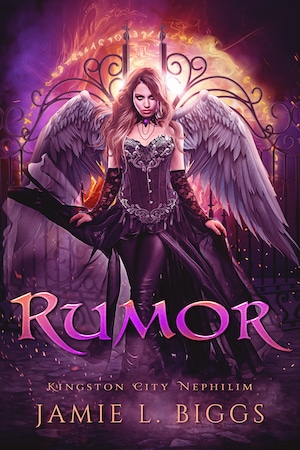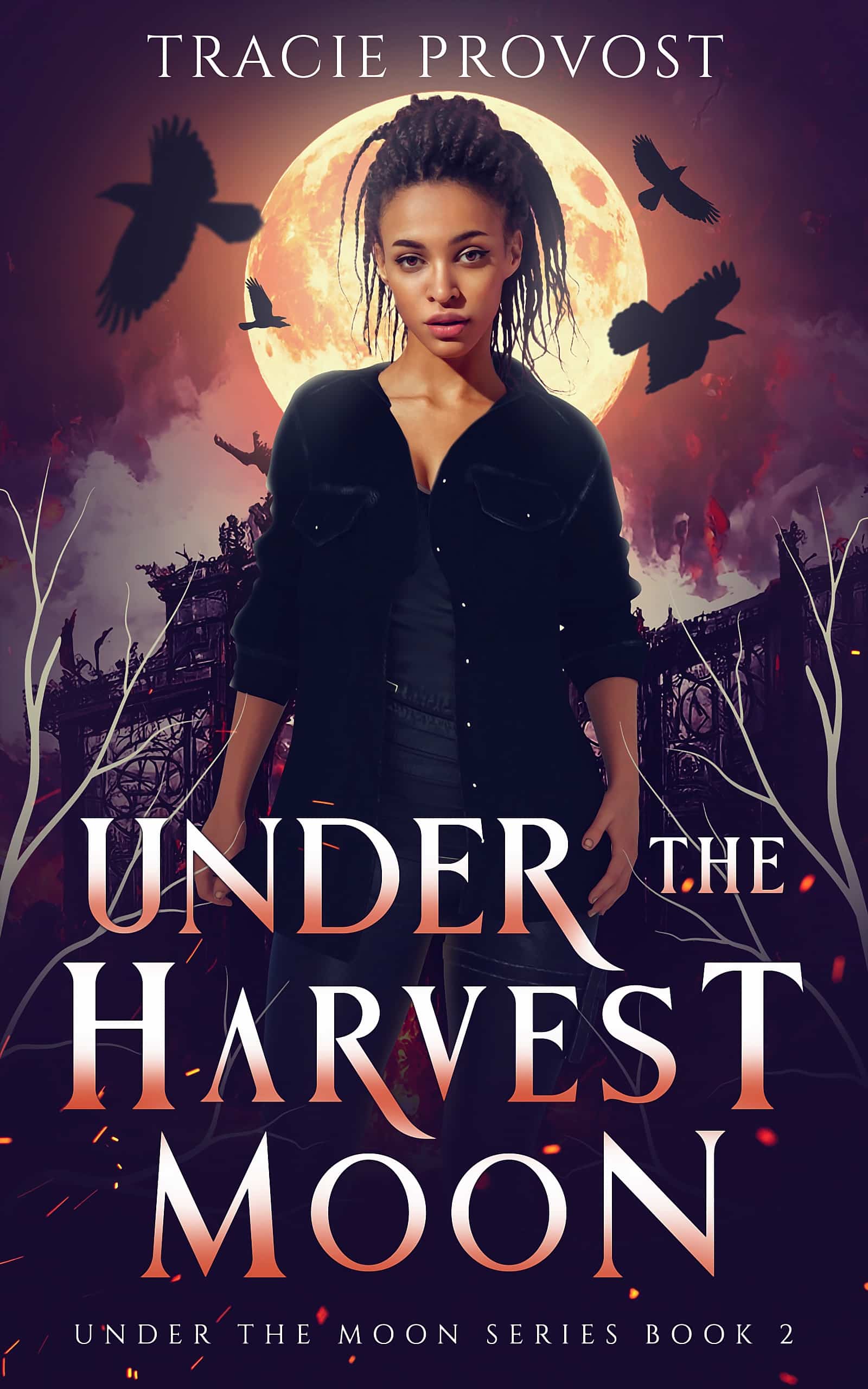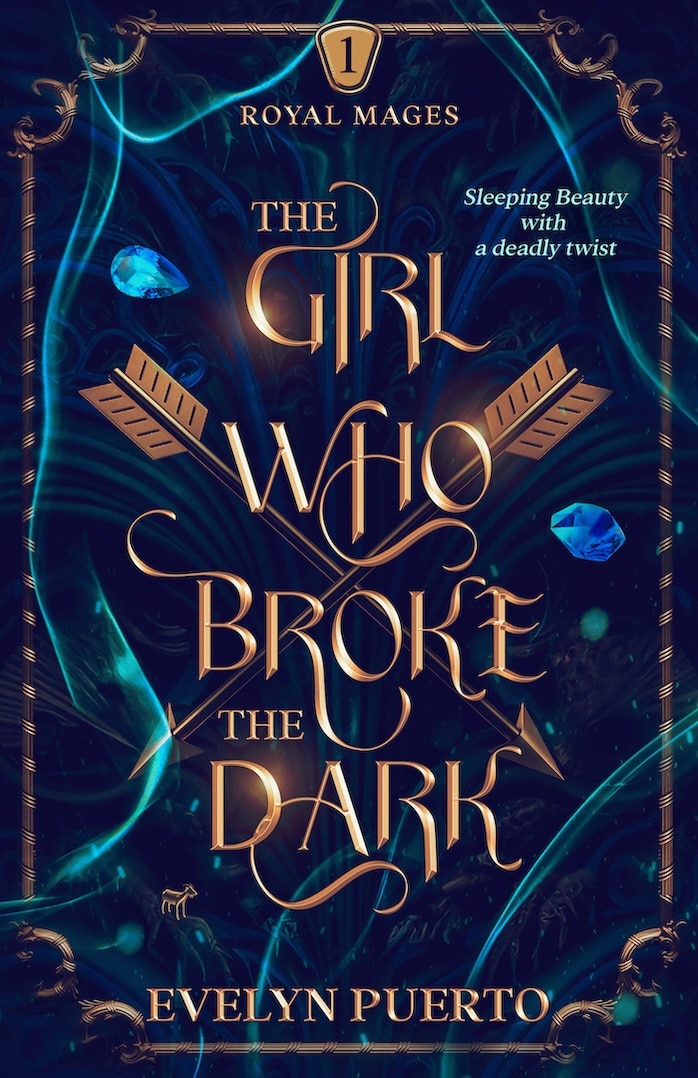From epic fantasy arcs like Game of Thrones to stand alone stories like Lee Child’s Jack Reacher books, series are all the rage. But how do you write a series readers will love?

3 Essential Tips for How to Write a Series
While putting together a series is similar to putting together a book, it requires a higher level of focus and a longer memory. When my writing partner and I started building our first series, The Defense of Reality, we made a lot of mistakes. If I could rewind time, there are lots of things I would do differently that would have made the writing easier and faster.
Writing my second series, The Adventures of Watkins and Howe, has been smoother and quicker because when I began writing it I was ready for some of the unique challenges to series writing.
Below are three tips I wish someone had given me when I began writing my first series.
1. Have an idea of where you're going
Whether you are writing standalone books with repeating characters like James Patterson’s Alex Cross books or you are writing a continuous story where each book builds on the next like J.K. Rowling’s Harry Potter series, your characters are going to need to grow and develop.
For example, one of the things I enjoyed most about reading Laura Lippman’s Tess Monaghan series was seeing how Tess’s love life developed from one book to the next. Even though each book was a self-contained mystery, I wanted to know how Tess was growing and changing over time.
Even if you hate plotting out storylines and would rather write “by the seat of your pants,” having an idea of how your characters will change across a series can be helpful. For each main character, take time to decide where they are going through the series arc. Will they start single and search for love in each book? Is there an arch villain they will face that will slowly build to a climactic confrontation?
Knowing where your series is going before you start writing will allow you to start dropping hints and future plot points that will build to the final book.
2. Give yourself a quick plot exit
When my writing partner and I started talking about our first series, we put together a giant plotline. It filled two enormous whiteboards in my office and would take at least ten books to write.
At the beginning, this long journey sounded fun, but after four years of writing and publishing in the series and five books on the market, I needed a break. Unfortunately, the readers who had invested in the series and loved the characters weren’t excited about us pausing the series in the middle of a cliff hanger.
At the same time, I wish I had worked some natural pause points into the plot line. If I had been smarter, I would have divided the master plot into small sections that could be covered in two or three books. Creating pause points in the massive storyline would have allowed me to write three books in the series, and then take a break from the series without frustrating my readers.
In my second series, I’ve designed characters I could write fifty or sixty books for. The only thing limiting the number of books in the series is my ability to come up with mysteries for them to solve. At the same time, I created a small story arc for the first four books that will allow me to pause the series and give readers the feeling of closure.
As I am currently finishing the first draft of the third book in the series, I’m thankful I took this step. I can feel the exhaustion with the storyline setting in. I know after book four I’m going to need a break.
3. Keep character descriptions on hand
Something I wasn’t prepared for when writing my first series was introducing characters. In every book, I had to reintroduce every character to the reader.
I thought I had a good picture of all the characters in my head, but after I finished the third book, one of my readers pointed out to me that two of the side characters kept changing heights. In the first book character A was taller than B; in the second book, B was taller than A; and in the third book, the characters returned to their original proportions.
It was an embarrassing mistake.
Another mistake I made was the age of one of my characters. From one book to the next, I kept forgetting how old he was. So whenever I had to talk about him, I ended up having to pull up the first book, find the passage in which I discussed the character’s age, and figure out how old he should be in the book I was working on.
When we write a series, we can drive ourselves crazy jumping back into old books to find descriptions and details. From how characters’ names are spelled, to what characters look like, to the types of clothing they wear, there are a lot of details to remember.
In order to help keep all this straight, in my second series, I’ve started keeping a Word document that has character descriptions and details in it. I’ve found it incredibly helpful to write with. When I need to remember a detail about a character, I just flip it open and find the information I need.
The Reward of a Series
Writing series can be difficult, but the long story arch and the experience of taking characters on a long journey is rewarding for both us as writers and the readers that invest in our work. When tackling a major project like a series, we need to do what we can to make our jobs easier.
Do you want to write a series? Or are you writing one, and you have tips to share about how to write a series? Let us know in the comments so we can all learn from one another.
PRACTICE
For today’s writing challenge, practice writing a character description that you could use across multiple books. For fifteen minutes, write a description of a character or a setting. Make sure to cover all the details you might need in future books.
When you're done, share your character description in the comments below. Be sure to leave feedback for your fellow writers!
Jeff Elkins is a writer who lives Baltimore with his wife and five kids. If you enjoy his writing, he'd be honored if you would subscribe to his free monthly newsletter. All subscribers receive a free copy of Jeff's urban fantasy novella "The Window Washing Boy."



0 Comments